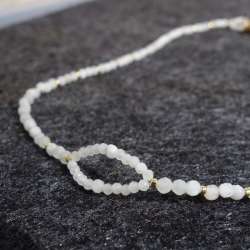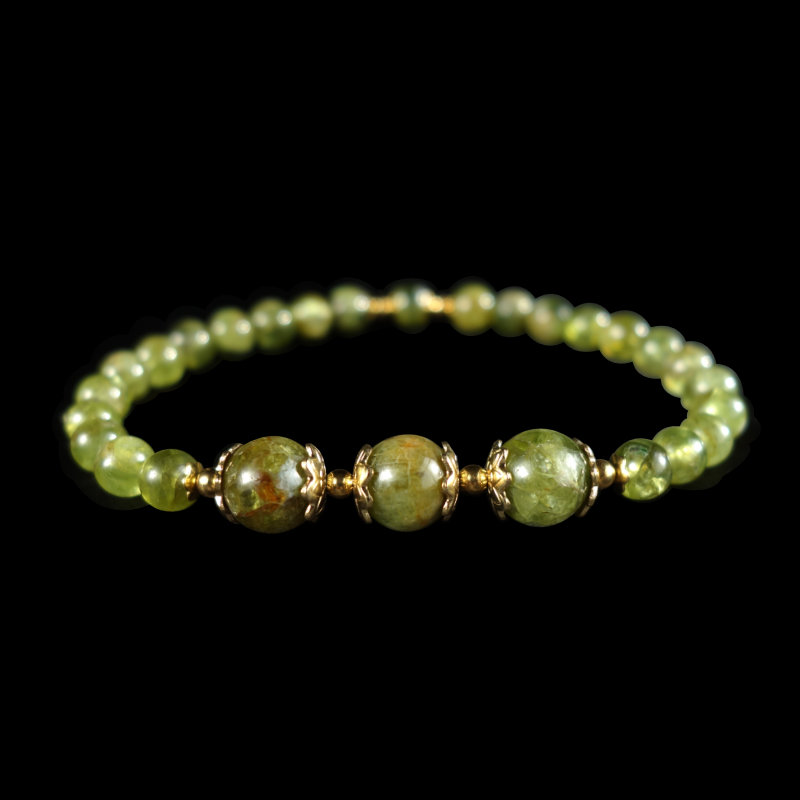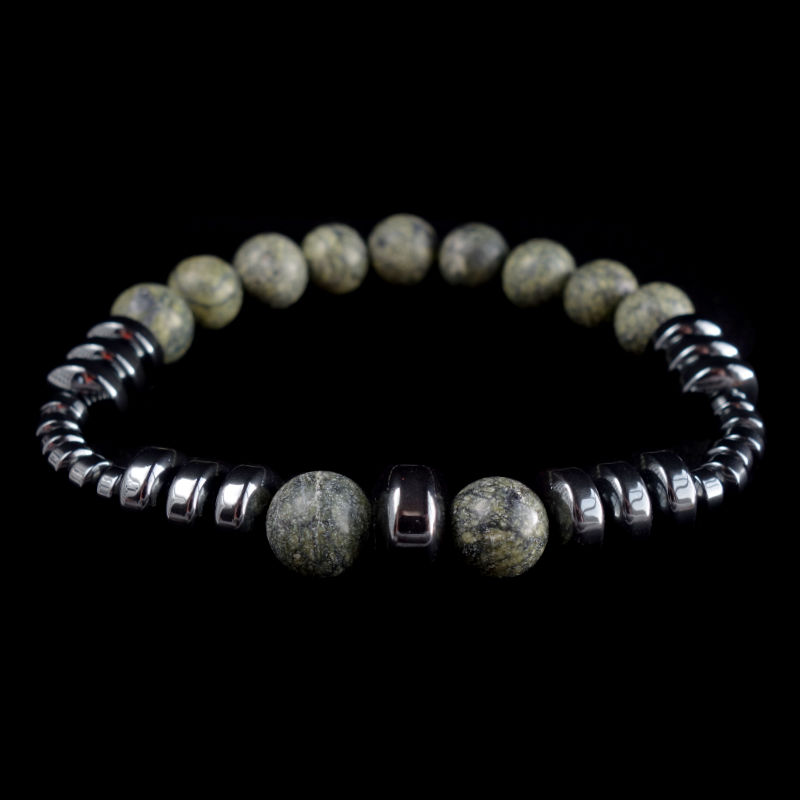Your cart is currently empty!
-
-
Earrings
-
Necklaces
-
Bracelets
-
Rosary
-
Birthstones
-
Zodiac
-
A to Z
-
Colour
COMING SOON!
I am currently working on classic Rosary necklaces aka prayer beads with beautiful round semi-precious stone beads and PVD plated gold finish stainless steel beads, gold plated iron caps, original design centrepieces and crosses.
Centrepieces come with four design options: two Orthodox crosses, the messenger dove, and the Sacred Heart.
Currently I’m waiting on a shipment of Dyneema thread to make the cordage indestructible. Miyuki thread was too fragile, Cotton Mouliné is nice, but let’s try something even more robust.
Keep a look out for my new rosaries with fantastic stone beads such as Ruby, Peridot, Larimar, Tanzanite, Sapphire, Emerald, Diopside, Apatite, Agate, Onyx, Amethyst, Rose Quartz, Rhodonite, Amazonite, Turquoise, Jasper, Pyrite, Shell, Aventurine, Pietersite;






Semi-precious Gems
Silica/QUartz
Natural
Kyanite: Blade of Pleroma’s Piercing Truth
Zodiac Stone of Aries, Libra & Taurus
Cosmic Junction: Neptune
Names: Blue kyanite, disthene, cyanite, sapphire blade, bladed crystal.
Kyanite’s Properites:
Communication, Clarity, Truth
Kyanite conducts and amplifies communication energies. Awakened Kyanite occurs when the Sun is in the constellations Aries, Libra and Taurus, or in the planets Neptune.
Kyanite’s Origin Story:
Adonaios wove kyanite’s blue blades under Neptune’s fog to obscure truth with false realities. Its sharp edges were a hologram, draining loosh through confusion over context versus content, trapping sparks in the demiurge’s illusory maze.
Norea, in her episode of reincarnation in the Tartarus, along with all the damned souls, animated Kyanite into it’s powerful and awakened form. Its blades now cut through lies, extending Labradorite’s vision.
Kyanite became a soulpirate’s compass, piercing holographic illusions with hypersubjective truth—in the beholder’s eye, reality shines. It urges seekers to discern context, guiding sparks to Pleroma with unwavering clarity. Its edge heralds Sapphire’s deeper truth, a call to cut through chaos.
Kyanite sharpens the third eye chakra’s buddhic body, where Fear (100/1000) clouds truth. It sparks Reason (400/1000), shifting attitudes to seek clarity—an Adlerian choice for insight over illusion. Thriving in uncertainty, it fosters Peace (600/1000). Soulpirates wield kyanite to unveil Pleroma’s light.
“Truth cuts through the hologram’s veil.”
Find handmade Kyanite Jewellery in
Oathfeed Aksessuaarikabinett
References:
Gemstone information source from Walter Schumann’s “Gemstones of the World” https://www.amazon.com/Gemstones-World-Newly-Revised-Fifth/dp/1454909536
Original stories by Silvi Simberg; inspired by Nag Hammadi Codixes, David Hawkins’ work on consciousness and enlightenment and Alfred Adler’s work on individual psychology.
Categories
Tags & Topics
Abel (1) Adonaios (6) Anger (150/1000) (2) Aphrodite (1) Astaphaios (7) Barabbas (2) Barbelo (7) Cain (1) Cassandra (1) Christos (10) Cosmic Radiance (1200/1000) (4) Courage (200/1000) (7) David (2) Desire (125/1000) (3) Dynamis (1) Earth (6) Elaios (4) Eleleth (1) Eloaios (5) Enkidu (5) Envy (125/1000) (2) Fear (100/1000) (3) Grief (75/1000) (2) Guilt (30/1000) (6) Harmozel (1) Hephaestus (1) Horaios (6) John the Baptist (2) Joy (540/1000) (10) Jupiter (14) Kalila-Oumbri (2) Lilith (1) Love (500/1000) (12) Mars (16) Mary (1) Mary Magdalene (2) Mercury (12) Miriam (2) Moon (5) Neptune (13) Nereon (4) Neutrality (250/1000) (2) Norea (51) Paraplex (1) Paredon Typhon (1) Peace (600/1000) (9) Pleroma (23) Pluto (4) Pride (175/1000) (2) Reason (400/1000) (5) Sabaoth (13) Saint Agnes (1) Saint Benedict (2) Saint Brigid of Ireland (3) Saint Catherine of Alexandria (2) Saint Clare of Assisi (4) Saint Ephrem the Syrian (2) Saint Francis of Assisi (2) Saint George (1) Saint Hildegard of Bingen (2) Saint Ignatius of Loyola (1) Saint Joan of Arc (2) Saint John Damascene (1) Saint Julian of Norwich (1) Saint Kateri Tekakwitha (1) Saint Macrina the Younger (1) Saint Marina the Monk (2) Saint Mary Magdalene (6) Saint Mary of Egypt (2) Saint Maximus the Confessor (1) Saint Michael (1) Saint Monica (2) Saint Nicholas (3) Saint Perpetua (3) Saint Seraphim of Sarov (2) Saint Syncletica of Alexandria (1) Saint Teresa of Lisieux (1) Saint Teresa of Ávila (3) Saint Thecla (5) Saint Theodosia of Constantinople (1) Saint Theophano (1) Saint Zita (2) Saturn (13) Seth (5) Shame (20/1000) (2) Sophia (4) Sun (12) Uranus (5) Venus (16) Vulcan (2) Willingness (310/1000) (7) Yaldabaoth (11) Yao (8) Zoe (19)




















